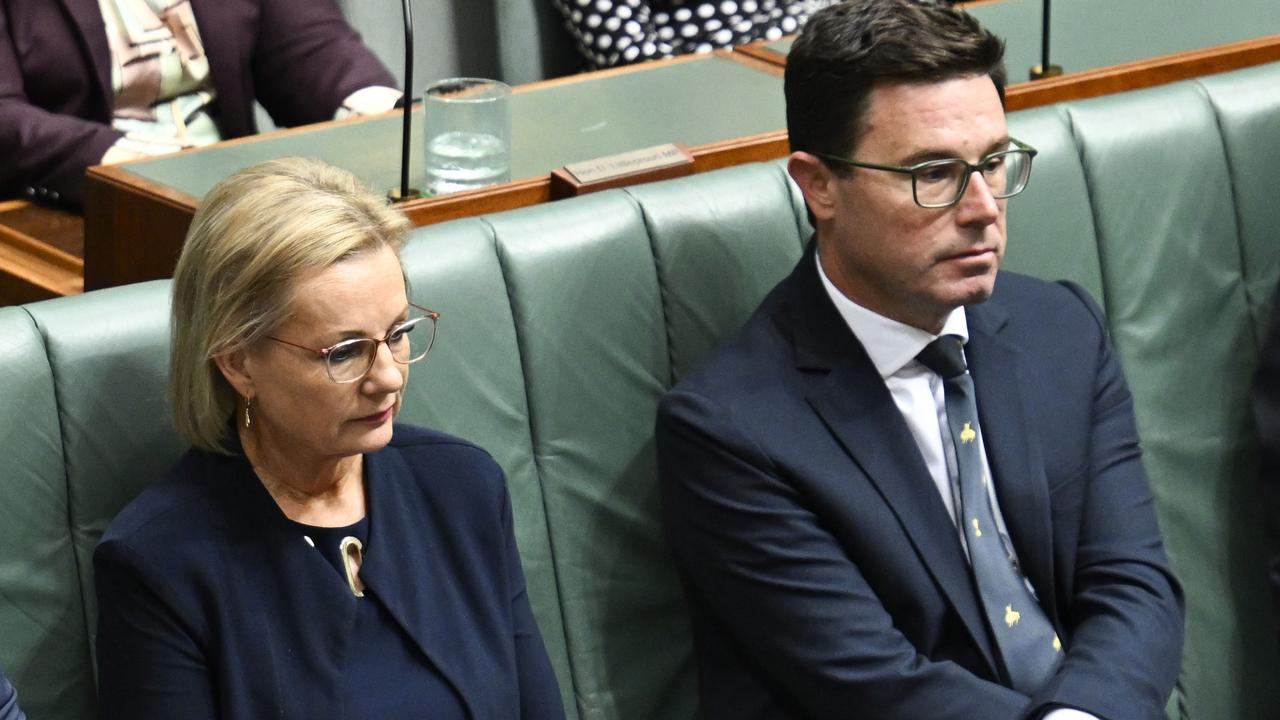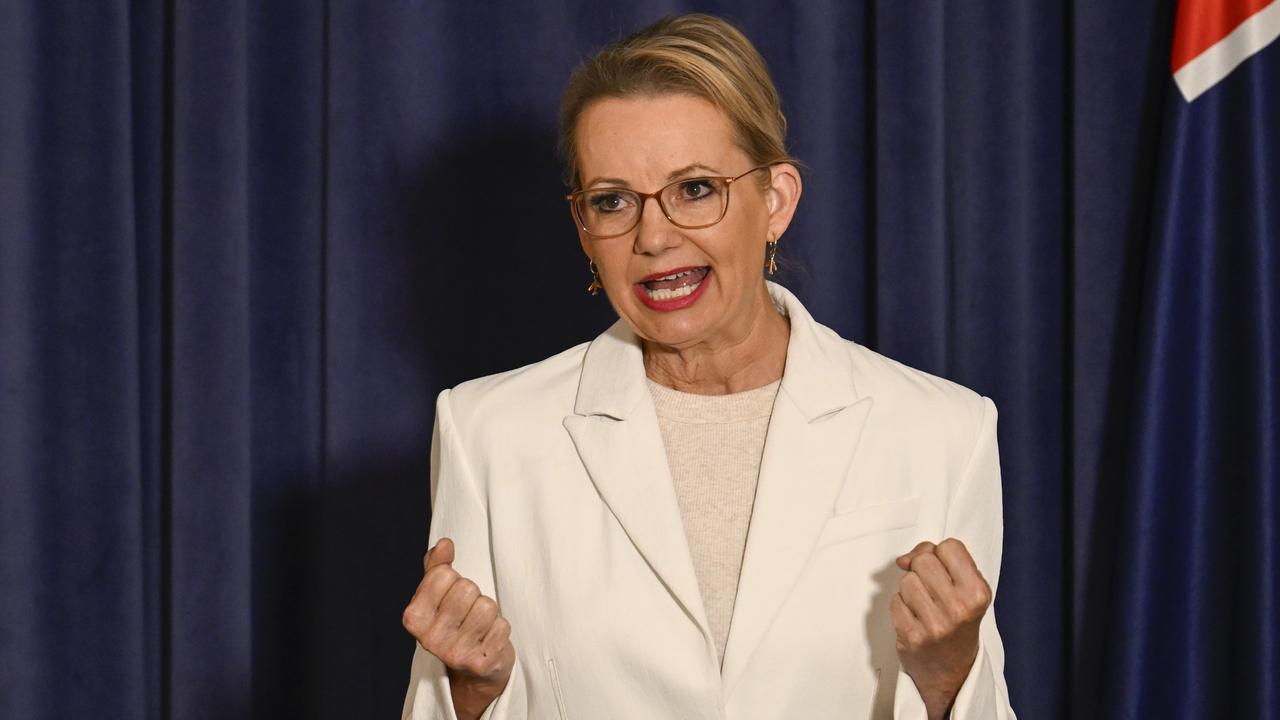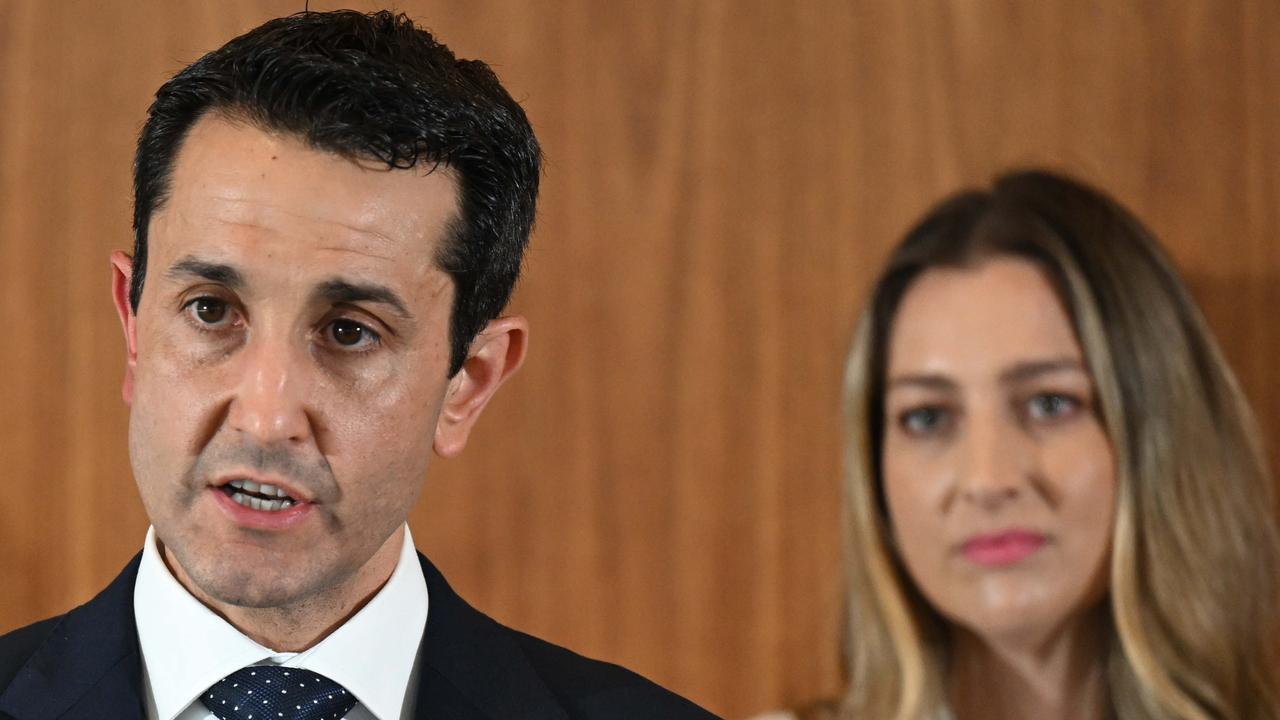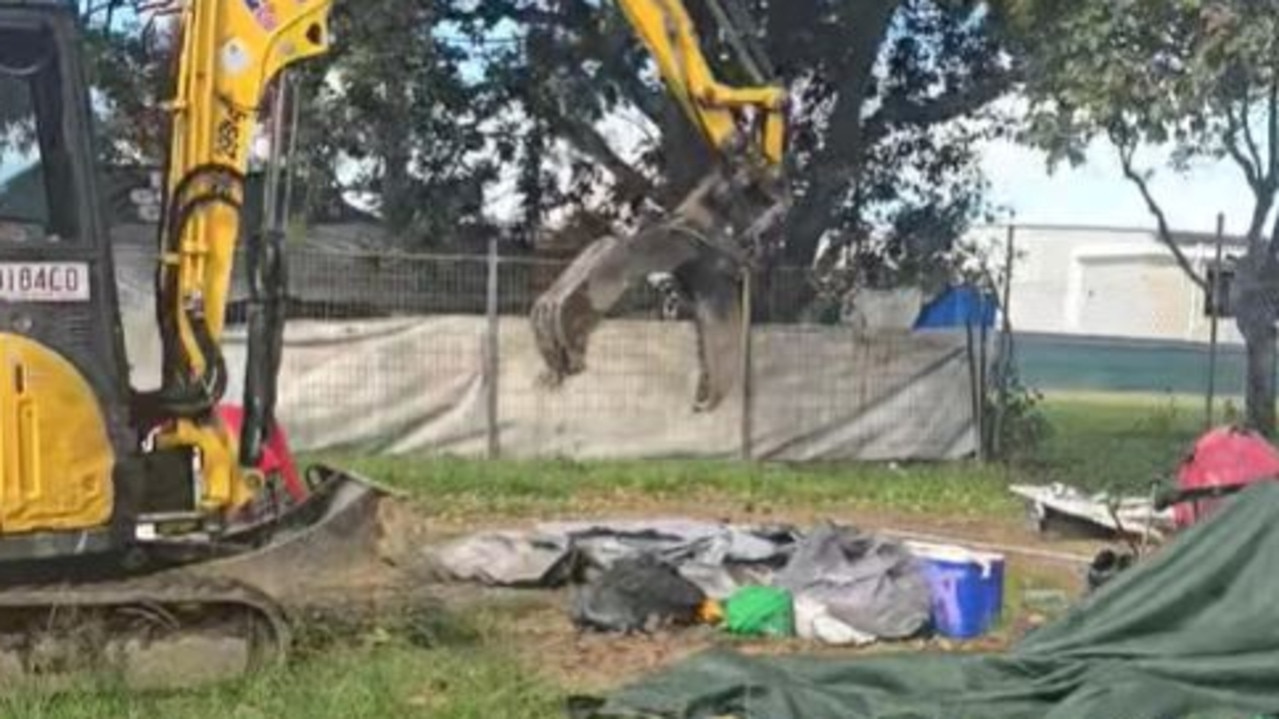Opinion: How Labor’s ‘crazy’ petrol price plan could actually work
Steven Miles’ plan to open state-owned petrol stations has been universally panned, but there are potential benefits, writes Parvinder Kler.
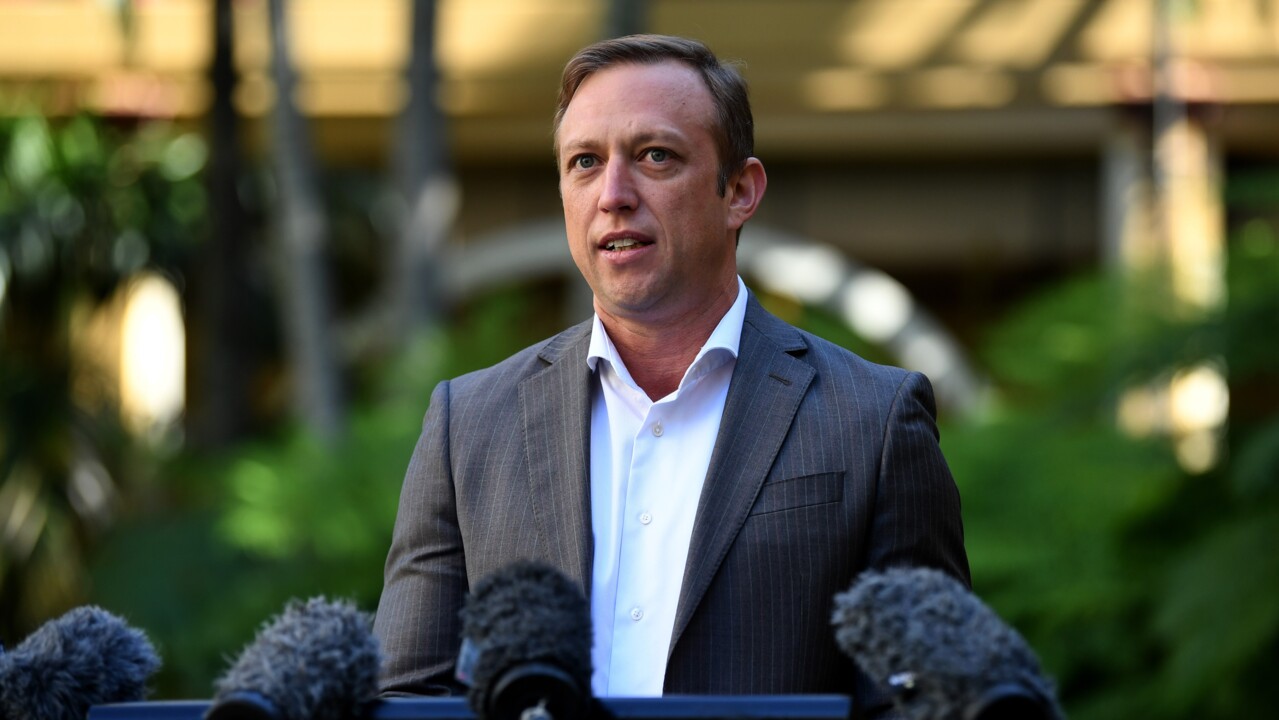
Opinion
Don't miss out on the headlines from Opinion. Followed categories will be added to My News.
The debate on whether market forces should run unfettered across the economy or be constrained by regulation tends to rear its head whenever prices accelerate, hitting the hip pockets of voting consumers.
The Queensland government has indicated it is considering setting up 12 state-owned petrol stations to increase competition and thus to moderate prices.
Will this work, and what else can governments do to mitigate against pain at the bowser?
The first thing to note is that state governments are limited in their capacity to moderate fuel prices, primarily because reducing excise taxes and the GST component is a federal matter.
As well, governments cannot control global prices, and transport costs, which are elevated for Australia, particularly regional Australia.
What they can do is to (a) provide fuel subsidies, (b) regulate price fluctuations and (c) increase competitive pressure.
A fuel subsidy is inefficient and provides the wrong signal as we transition to cleaner fuels, not to mention the large burden to the public purse.
Regulating price fluctuations is a favoured strategy, mainly in the developing world, either by fixing prices or by ensuring smaller daily variations in price, as in Western Australia, where petrol stations have to notify FuelWatch of their following day’s prices by 2pm each day, with these prices locked in for 24 hours from 6am.

This reduces price-cycle fluctuations and provides greater certainty for consumers.
This may however limit discounting, so while Queenslanders may pay more at the top of the cycle, we are also more likely to get a good discount at the bottom of the market compared to WA.
It is however clear that consumers prefer greater price certainty to the potential of a greater discount for such a vital product, especially when our long price cycles limit the ability to wait for the short discounting window, whereas in WA the cycle is weekly with a clear discounting day on Tuesdays, before a spike on Wednesdays followed by progressively falling prices until Tuesday, and then repeats.
The RACQ suggestion to limit price changes to 5c a day is worth considering, but its effectiveness is potentially constrained should global prices exhibit significant variation.
Queensland’s live fuel price tracking scheme was partially introduced to increase price competition, but is constrained by high market concentration, especially with a significant lack of independent petrol stations compared to NSW, particularly pronounced in regional Queensland.
As such, supporting independent petrol stations would also be a viable option by introducing legislation to limit market concentration.
As well, the threat to bring in state-owned petrol stations could prove sufficient to moderate prices, without ever creating such stations.
If the scheme is actually implemented, the burden to the public purse would be minimal so long as the pricing strategy was to break even, or even be positive if they make reasonable levels of profits.
It does, however, come up against the idea of depressing market forces via government overreach.
However market forces should be providing us with competition and lower prices, rather than the probable market failure we currently witness with high market concentration.
The WA example is a clear signal that it is possible to legislate and ensure shorter and more certain pricing cycles, notwithstanding differences in competition in this sector between the two states.
Legislation to help in increasing independents will also assist in raising competition, and the threat to introduce state-owned petrol stations on its own might be credible enough to reduce bowser prices.
However, this is not likely applicable to the regions where price cycles are not present, and where it is not economically viable for independents to operate.
Should the government wish to carry out their suggestion, it would be prudent to start off in the regions first, where help is most needed, especially given the dearth of public transport and longer travel distances.
In sum, the proposals have merit and should be debated further by political parties, industry and society to come up with a concrete plan to ensure competitive fuel pricing in Queensland.
Dr Parvinder Kler is an energy economist at Griffith University
More Coverage
Originally published as Opinion: How Labor’s ‘crazy’ petrol price plan could actually work




